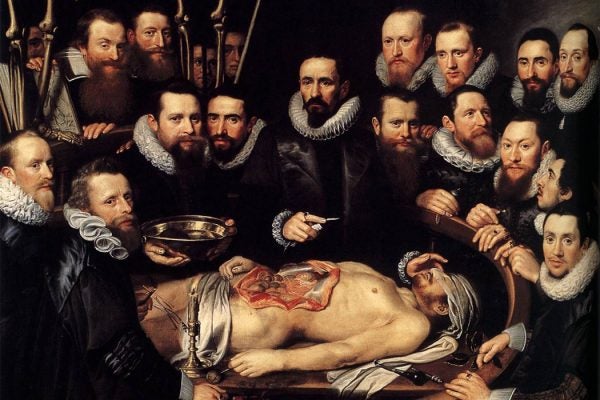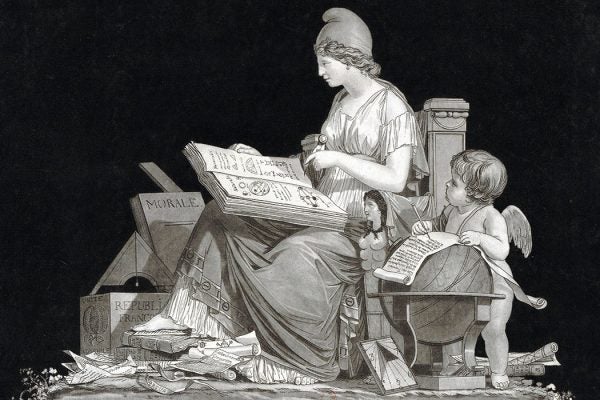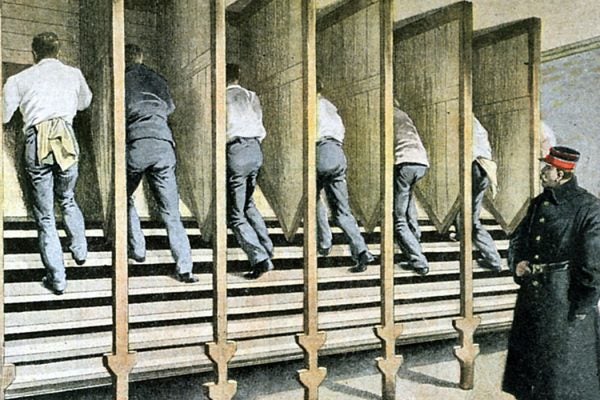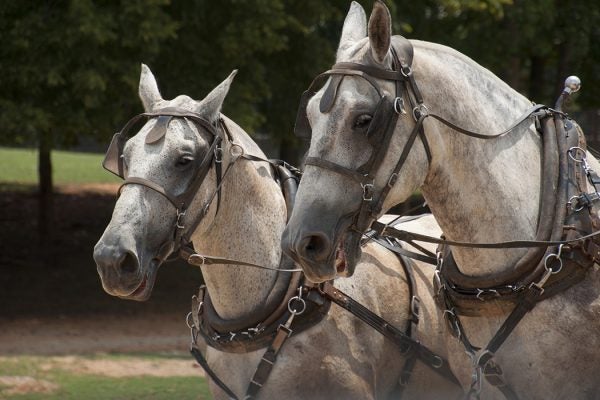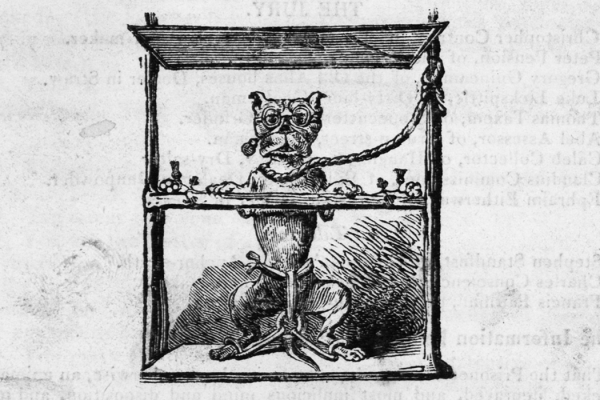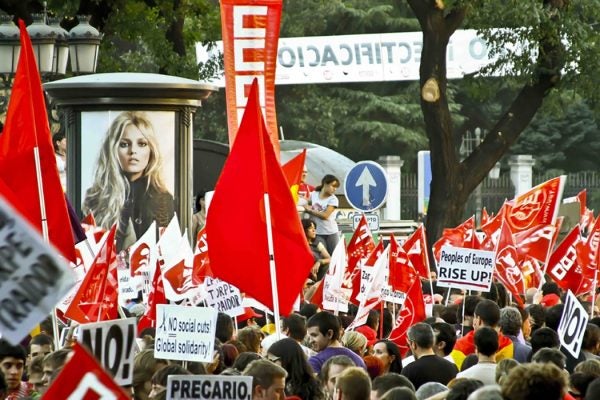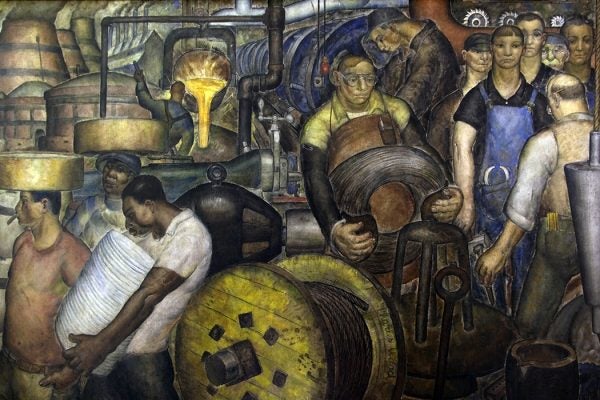Public Dissection Was a Gruesome Spectacle
Renaissance-era anatomists taught people to “knowe thyself” by reading the books of bodies.
Why the French Revolution’s “Rational” Calendar Wasn’t
What ever happened to "the most radical attempt in modern history to challenge the Western standard temporal reference framework?"
Treadmills Were Meant to Be Atonement Machines
America’s favorite piece of workout equipment was developed as a device for forced labor in British prisons. It was banned as cruel and inhumane by 1900.
Why We Still Use “Horsepower”
Horses were omnipresent in the West until only a few generations ago, but then they were replaced by machines and disappeared from our streets as well as our consciousness.
When Societies Put Animals on Trial
Animal trials were of two kinds: (1) secular suits against individual creatures; and (2) ecclesiastic cases against groups of vermin.
How European Empires Helped Shape the Hajj
Despite the Hajj's celebration of ascetic faith and brotherhood, there has always been plenty of profit made off the pilgrims traveling to Mecca.
The Turkish Origins of the “Deep State”
The "deep state" idea of a shadowy parallel government, heard much in the news now, seems to be a concept borrowed from the Turkish experience.
The Curious Character Who First Called For a General Strike
The idea of a general strike is to shut down all but essential services in a city, region, or nation. America has had its share. A Briton invented the idea.
Why Do We Take Pride in Working for a Paycheck?
In the modern imagination, work is a source of pride, but early labor unions regarded hourly toil in industry as "wage slavery."
In Memoriam: Elizabeth L. Eisenstein
Elizabeth L. Eisenstein, who passed away this year at the age of 92, played a significant role in shaping our understanding of the print revolution.
